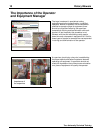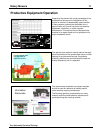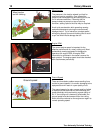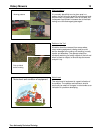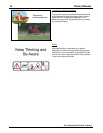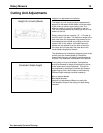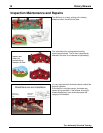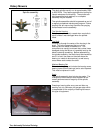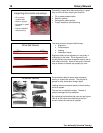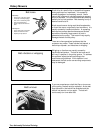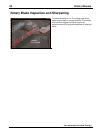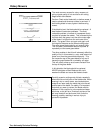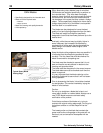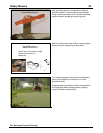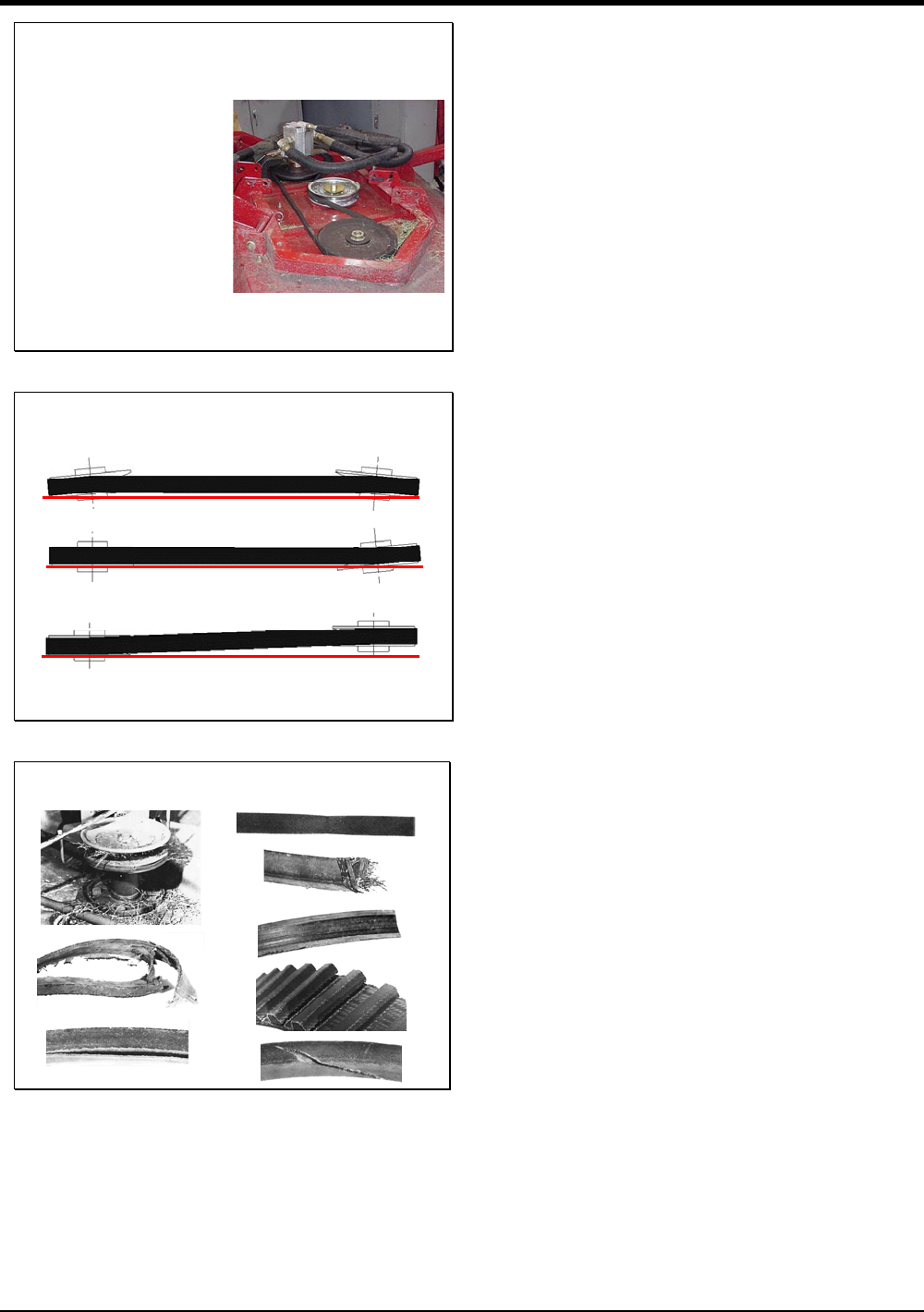
18 Rotary Mowers
Toro University Technical Training
Inspecting drive belts and pulleys
• Oil or grease
contamination
•Debris in pulleys
• Damaged or rusted
pulleys
• Proper installation
and tensioning
Periodically inspect drive belts and pulleys. A good
time to do this is after cleaning the machine.
• Oil or grease contamination
• Debris in pulleys
• Damaged or rusted pulleys
• Proper installation and tensioning
Drive belt failures
The most common causes of belt failures:
• Alignment
• Contamination
• Loading
• Installation Issues
Alignment refers to the alignment of one pulley in
relationship to the other. If this alignment is not
correct the belt may show excessive wear to one of
both sides of the belt. Some of the cords in the belt
may be broken or the belt may actually flip over.
Drive belt failures
Contamination refers to some other substance
coming in contact with the belt. This may be oil,
grease or other some other foreign object.
Loading refers to excessive loads or shock loading
the drive system.
The last one is installation issues. The belt is
actually damaged during installation.
By inspecting the failed belt the user can get a good
idea as to the cause of the belt failure and can
correct it when the new belt is installed.



